Linnuk

This song combines two Estonian traditional songs - a swing song and a song about nature.
The first song comes from the village of Randvere in Viimsi municipality, just next to Tallinn. It was sung in 1936 by Mari Kilu (1851–1947), an 85-year-old fisherwoman, and Liisu Tamp (1871–1950), 20 years her junior.
The spirited and feisty Mari was a very active lead singer from an early age and always the first dancer at parties – on the swing in the summer or to play and sing indoors in the winter. Most songs in her repertoire were swing songs – sung while swinging, and leading fellow singers to join in and sing along.
"Songs were resounding outside in the summer and in the warmth of the rooms indoor in the winter. Games were played, riddles were told, and old folk customs were performed. There was never a shortage of fun pastimes when Mari came along."
August Pulst
Liisu, being younger, had started singing as a result of Mari's "training" and considered herself Mari’s student. In this song, Mari takes once again the lead.
Short descriptions of Mari and Liisu can be read in the Anthology of Estonian Traditional Music. August Pulst has written more about Mari in his article "Kilu Mari and Others" (Kultuur ja Elu No. 10/1973 pp. 33–36). An even longer summary based on Pulst's notes is outlined in Krista Sildoja's book "Awakening Game to the Sleeping Traditional Music. Memories of August Pulst" (2014).
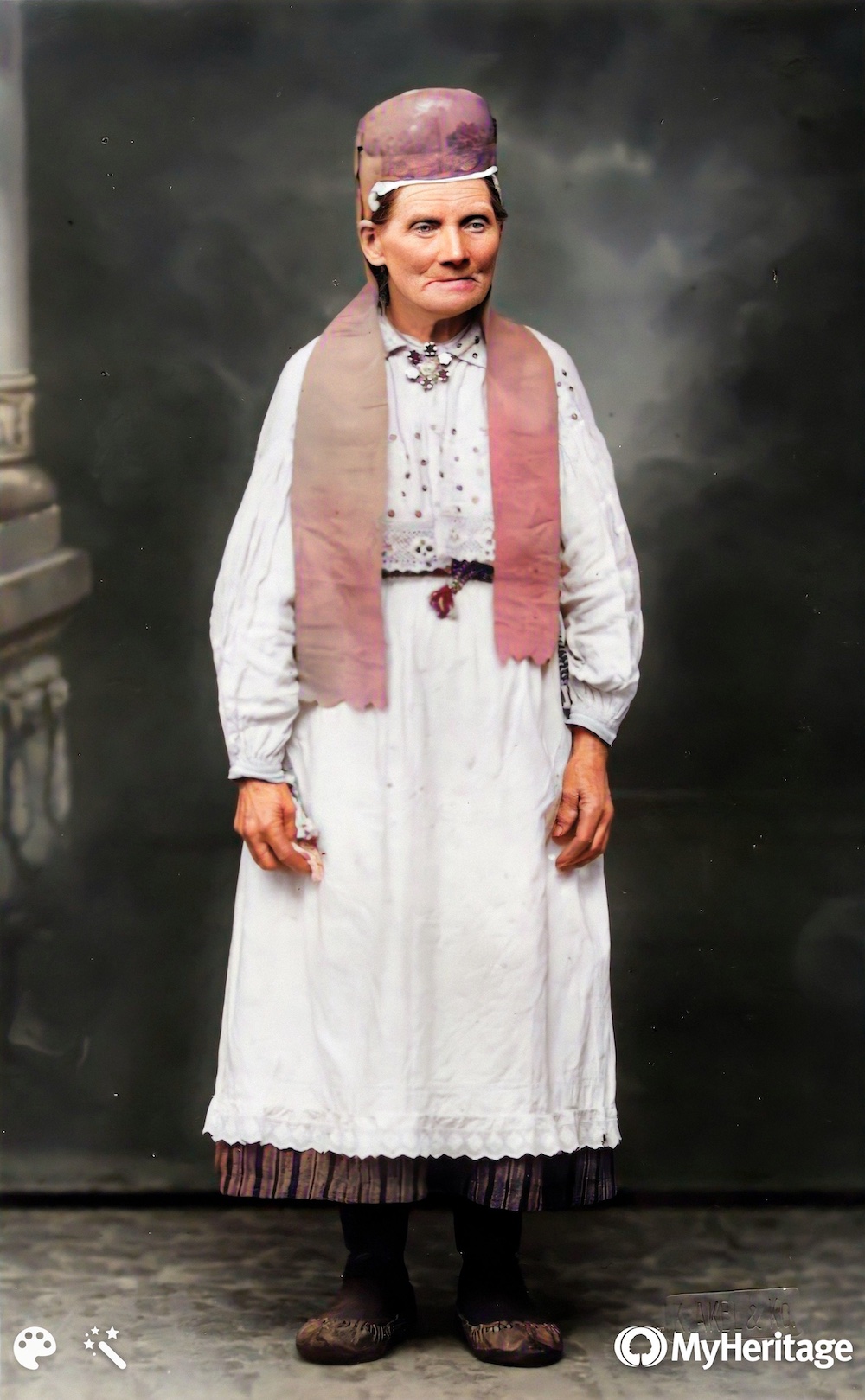
Mari's dwelling was located in Randvere village, Aadu farm, right on the seashore.
"Since Mari lived on the seashore, she had grown to be one with the sea. Mari owned a small household there, with fields, meadows, pastures, and in the middle of it all, near the sea, a smallish, thatched house. Around the grassyard were the outbuildings - a granary, a stable, a sauna and a basement with a mud roof. Usually, there is stack of hay near the stable. From the yard, however, a wide and nice view to the blue sea opened up. The shallow sea shore was sandy on the water's edge, but higher up and farther from the sea covered in grass, just like Mari’s yard."
August Pulst
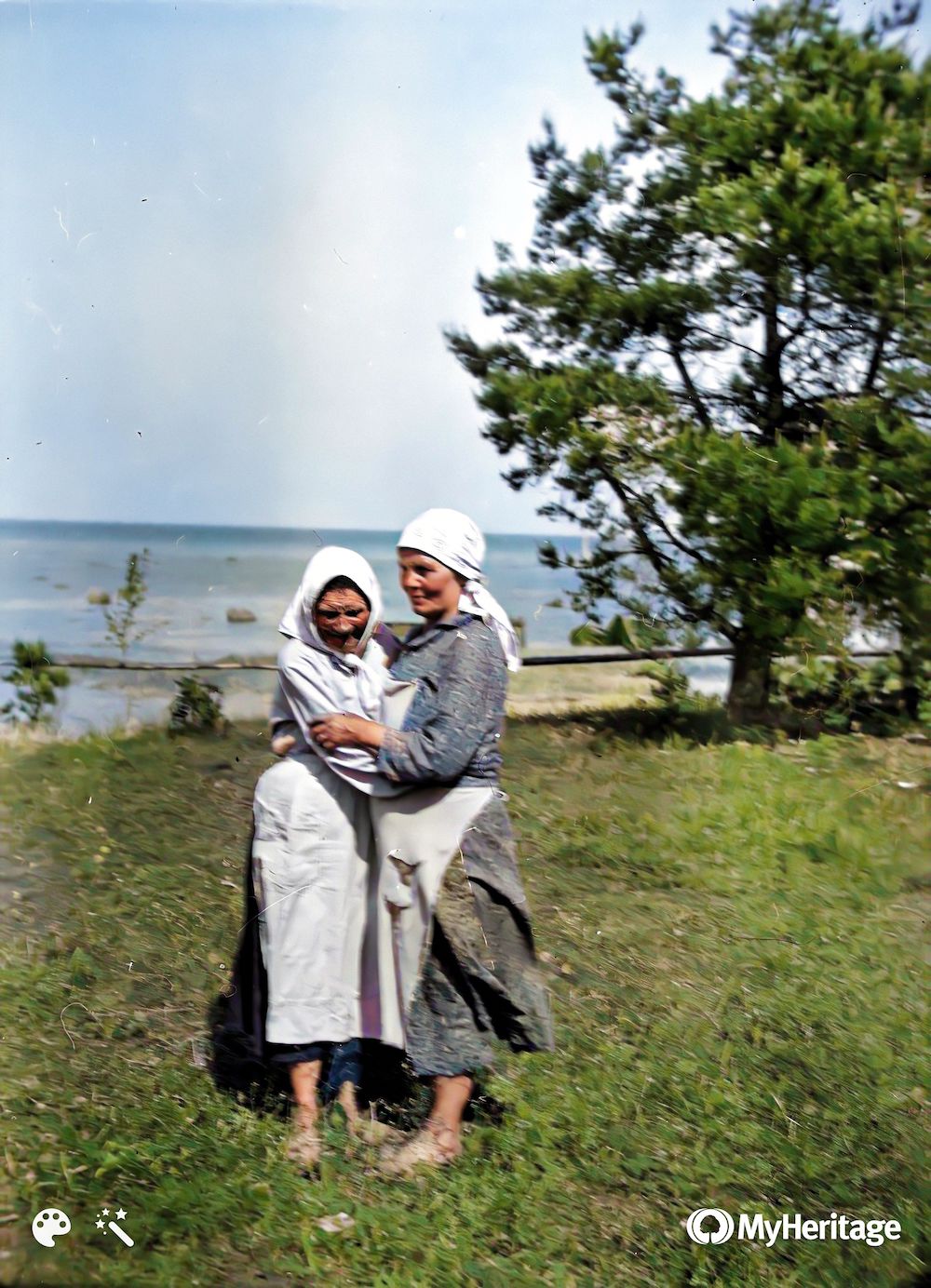
When the composer Peeter Süda died unexpectedly in 1920 at a young age, it was decided under the initiative of August Pulst to collect all his compositions and manuscripts. August Pulst had expressed a tireless interest in collecting and preserving historic antiquities from an early age, and he was also a great lover of traditional music. This systematic activity led to the establishment of the Music Museum (now the Estonian Theatre and Music Museum) in Tallinn 11 years later - in 1931 - to collect and preserve not only the memories, works and instruments of composers, but also traditional songs, traditional dances and traditional culture.
Pulst saw that the traditional musician as a phenomenon was soon to disappear forever. In just one generation, almost all of the unique, irreplaceable traditional singers and instrumentalists had disappeared. Even though a significant number of traditional songs had been systematically transcribed by that time, there were almost no information of the musicians themselves. Pulst realized that in order to save what could be saved, real traditional musicians still operating in Estonia must be found and "registered" as a matter of urgency. His notes on traditional singers and instrumentalists of the first half of the 20th century are practically the only thorough description of these people and therefore an invaluable asset to today's folklorists and traditional musicians.
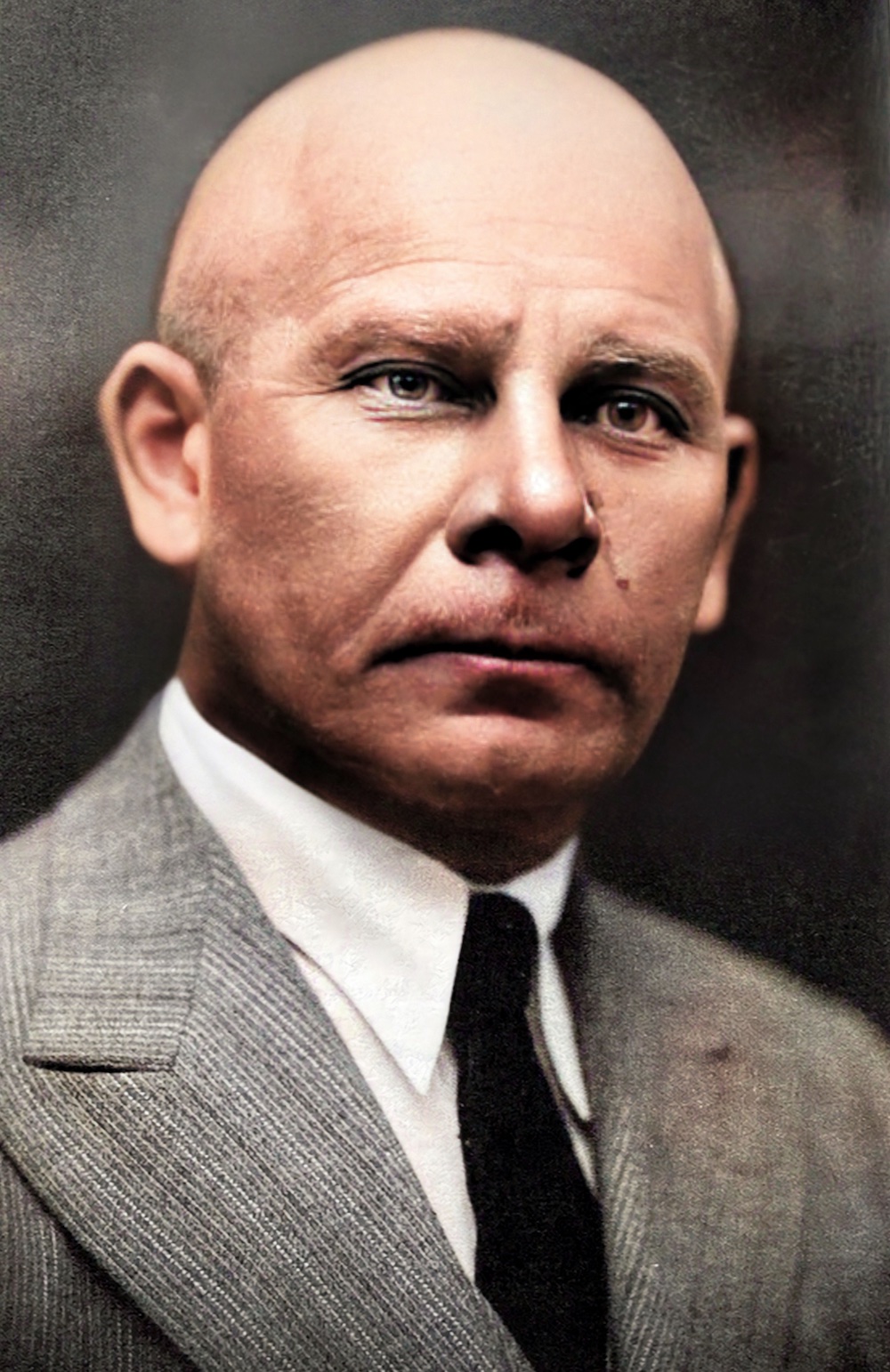
August Pulst was also directly involved in the establishment of the Art Museum of Estonia and the Estonian Open Air Museum. Krista and Raivo Sildoja have thoroughly researched and introduced his work. Krista Sildoja is also one of the founders and organisers of the Eesti ETNO camp. While participating in this camp, Sulev and Helen developed a deeper interest for Estonian traditional music and arrangements based on it.
In the course of the process of recording traditional musicians, Pulst also had a crazy idea - to bring genuine Estonian traditional musicians from the villages to the stage of the Estonia Concert Hall and thus make a comprehensive performance introducing traditional music and instruments. Never before had anything like this been organised in Estonia. The event proved to be very popular and soon a tour all over Estonia ensued (1932-1936). Therefore, Pulst and his assistants were constantly looking for new traditional musicians, and in 1927 Mari Kilu or Kilu-Mari was found. Since then, the traditional singer was a regular performer in the tours.
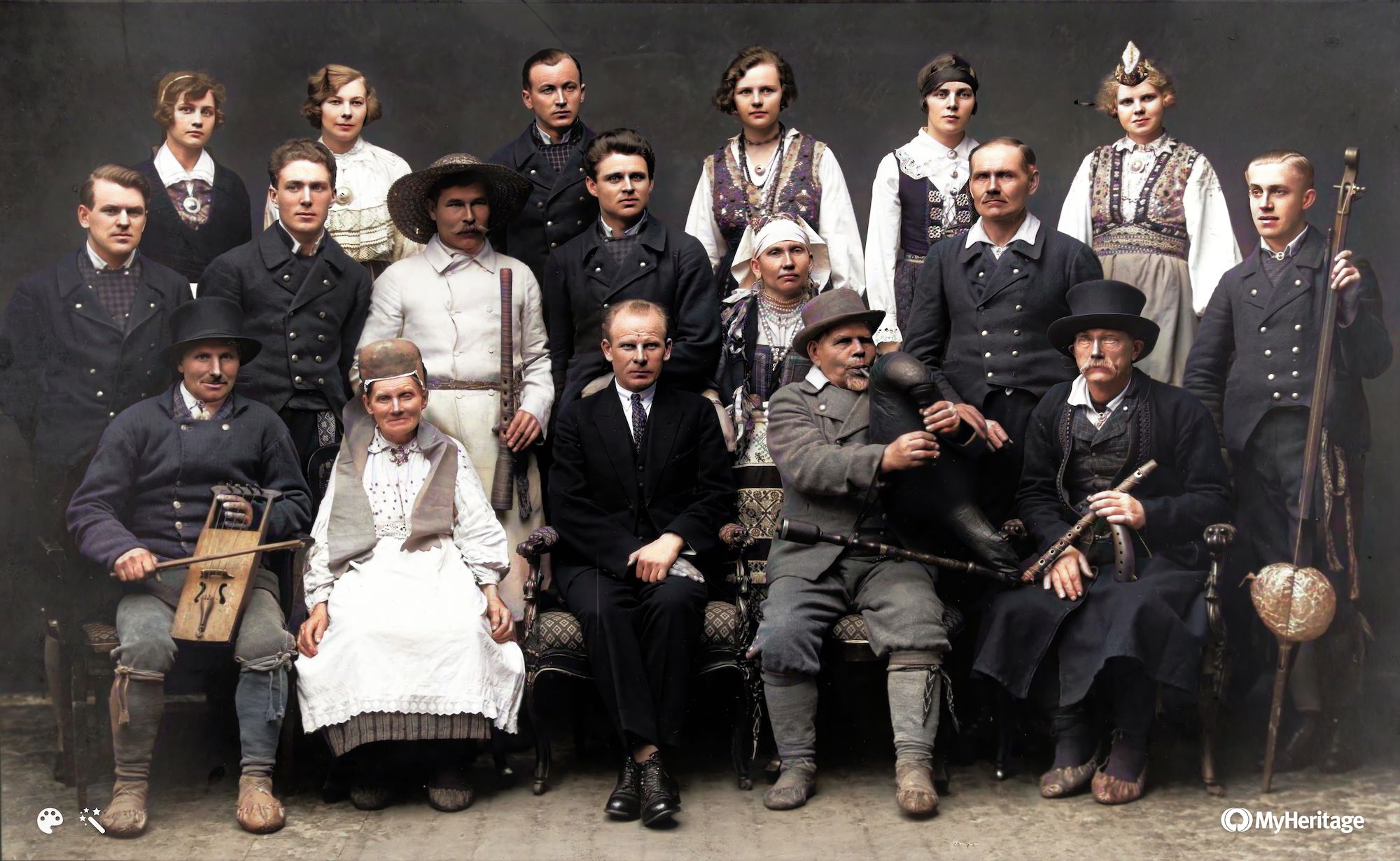
Kilu was the oldest performer on these tours, but as Pulst recalls: "The singer was already 75 years old, but full of energy, fire and excitement, wanting to sing and sing! She was always spirited and overflowing, and always had to be in action, taking initiative, leading, encouraging, as she had been since her early youth." In total, Mari Kilu performed in 203 halls in a total of 386 performances and lived to an old age (96).
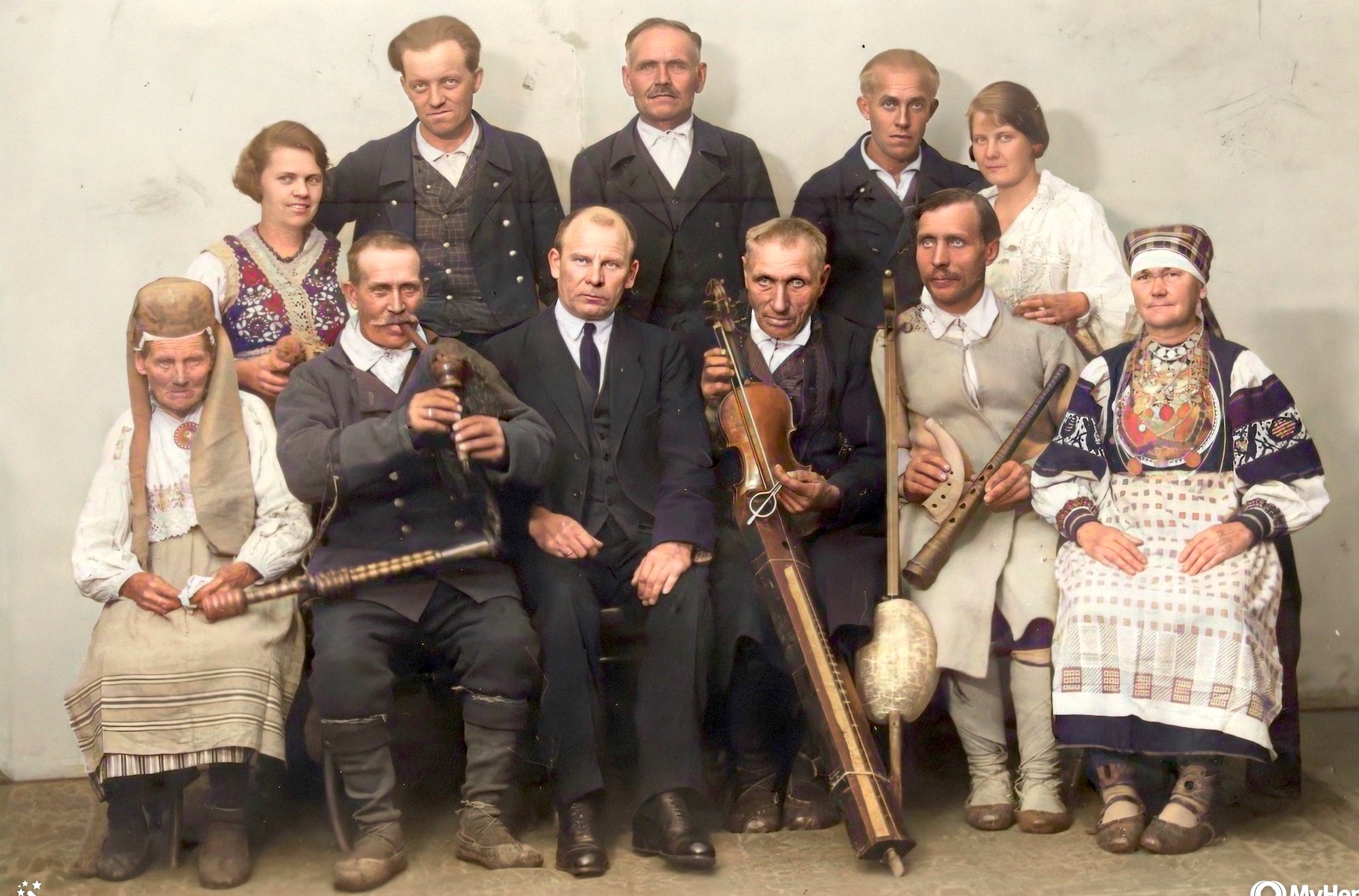
When the public broadcasting (Riigi Ringhääling) acquired the most modern recording equipment in 1936, Pulst also started recording traditional melodies on lacquered records. This is how this story was recorded by August Pulst and Herbert Tampere. The following picture also comes from this event.
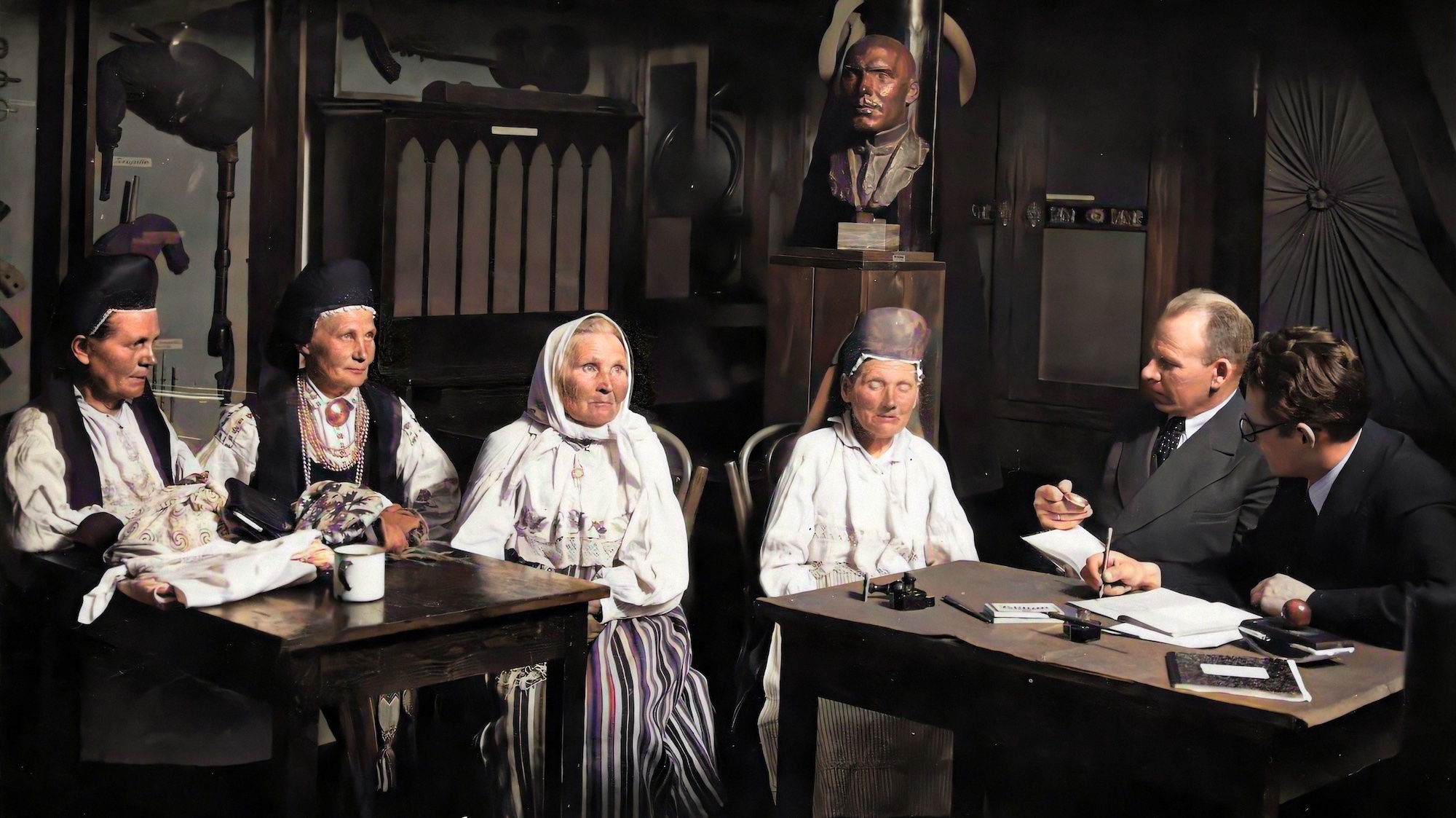
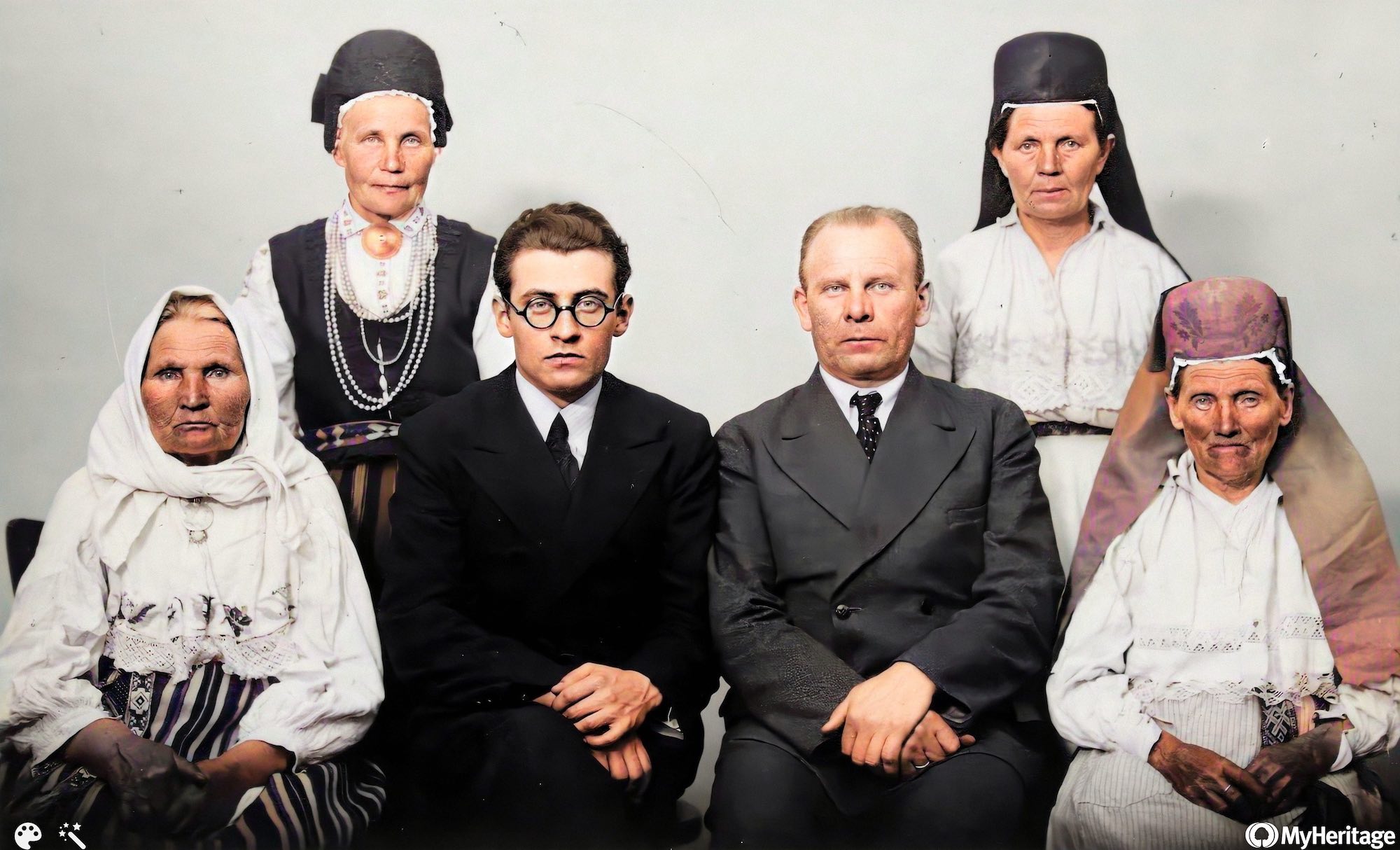
The song is archived under the name "Kiik tahab kindaid" (the swing wants gloves) and is currently available as a recording in the sound archive of the Estonian Traditional Music Archive at the Estonian Literary Museum (source reference: ERA, Pl. 28 B2):
It was first published in 1970 in the collection "Eesti rahvalaule ja pillilugusid" (Estonian Traditional Songs and Instrumental Melodies) consisting of five vinyl records and a textbook compiled by Herbert and Erna Tampere and Ottilie Kõiva. It is also published in an updated version of this collection "Anthology of Estonian Traditional Music"
In the olden days, there were no parties for young people. Young people went on a "swing" on Sunday evenings or during the holidays. This meant swinging on a swing built on the village square, near a moat, a wooded area, or a hill. The girls were mostly swinging on the swing, whereas the boys were rocking it. Swinging was definitely accompanied by singing, without it no-one would have been there:
"If there was no singing voice on the swing, there was no pleasure to it."
The girls mostly sang about their lives, their longings, courting, etc. Estonia has been very rich in swingsongs and a lot of them have been transcribed. You can read more about swing songs in Herbert Tampere's collection "Eesti rahvalaule viisidega II" (Estonian Traditional Songs with Melodies II).
The melody that Linnuk uses in its version is also a swing song, traditionally sung on a large village swing to accompany the rocking.
"The other side of Randvere Chapel was a place where swings were always made. There they danced, there they sang, there they raced. There were many of them, maybe even ten. The teachers of the songs were old women on the swing, and young girs were there too. They sang, that’s how they memorised them."
Mari Kilu, ERA II 128
Liisu Tamp adds:
"People went to the swing on Sunday evenings. Most people went on Midsummer's Day. By then, the swing construction had been completed."
Liisu Tamp, ERA II 128
The melody has been used in arrangements before, for example by Maarja Nuut or by Diskreetse Mango Trio (instrumental piece "Kiik tahab kindaid"). The song probably reached Linnuk through a version (no recording available) by Anu and Triinu Taul.
The second song we use in Pihlapuu, comes from Helme in South Estonia and dates back to 1908. It was recorded at Põrgamõisa Farm near Kärstna in the spring of that year when a student from the University of Tartu, Peeter Tatz (later a well-known doctor from Elva, then surnamed Avarsoo), went on an expedition to collect traditional songs. Artur Martin, a student at the St. Petersburg Conservatory, helped him with the annotation of sheet music.
Peeter has written a long and humorous description of this trip, which also includes the collected melodies and lyrics (record EÜS V) at the Estonian Literary Museum.
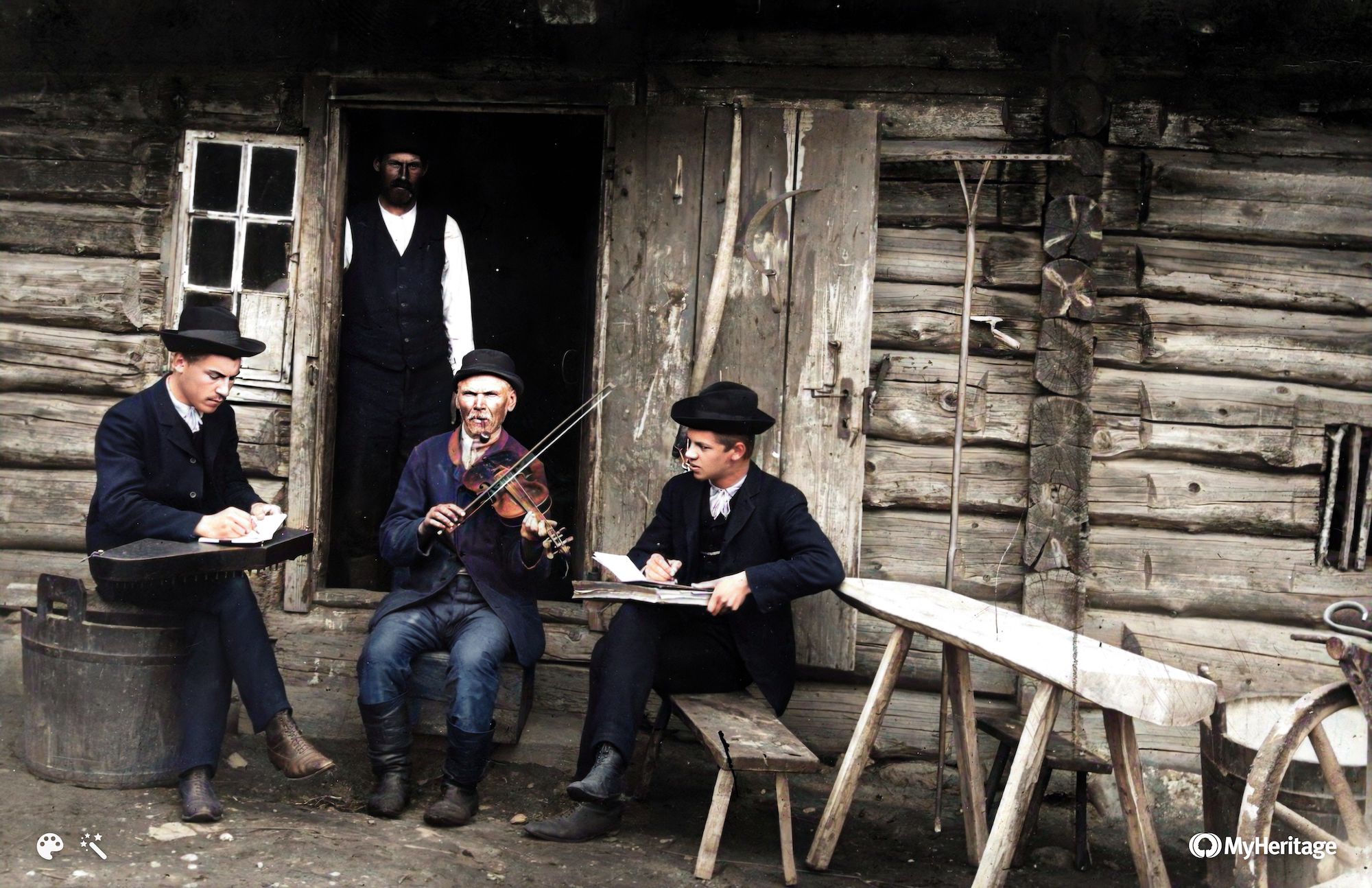
At the Põrga village (Põrgamõisa) farm near Kärstna, quite a few traditional songs were transcribed from Miina Varik (Warik), 81, one of them starting with the words "Las mu käia, las valate" (Let me wander, let me look around):
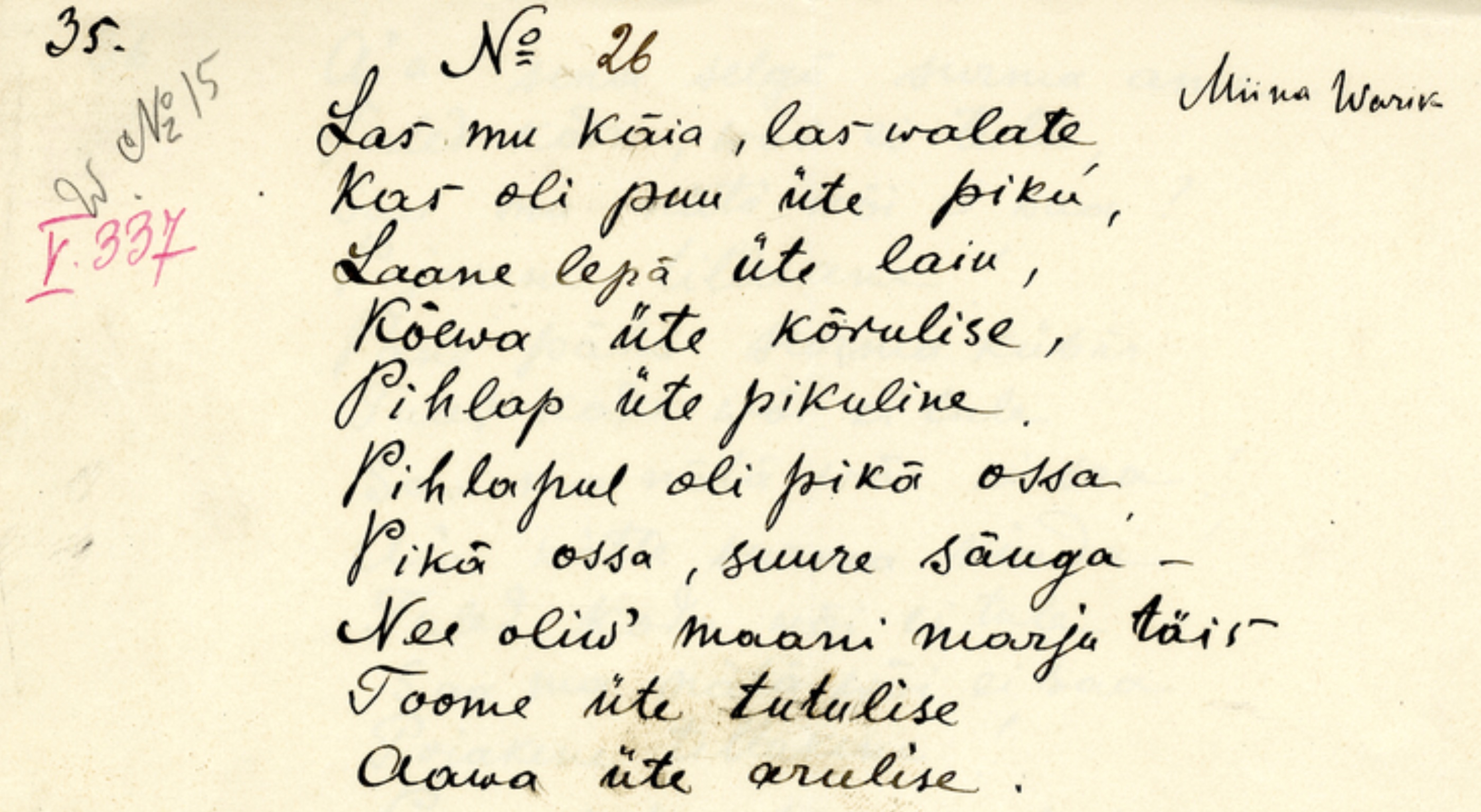

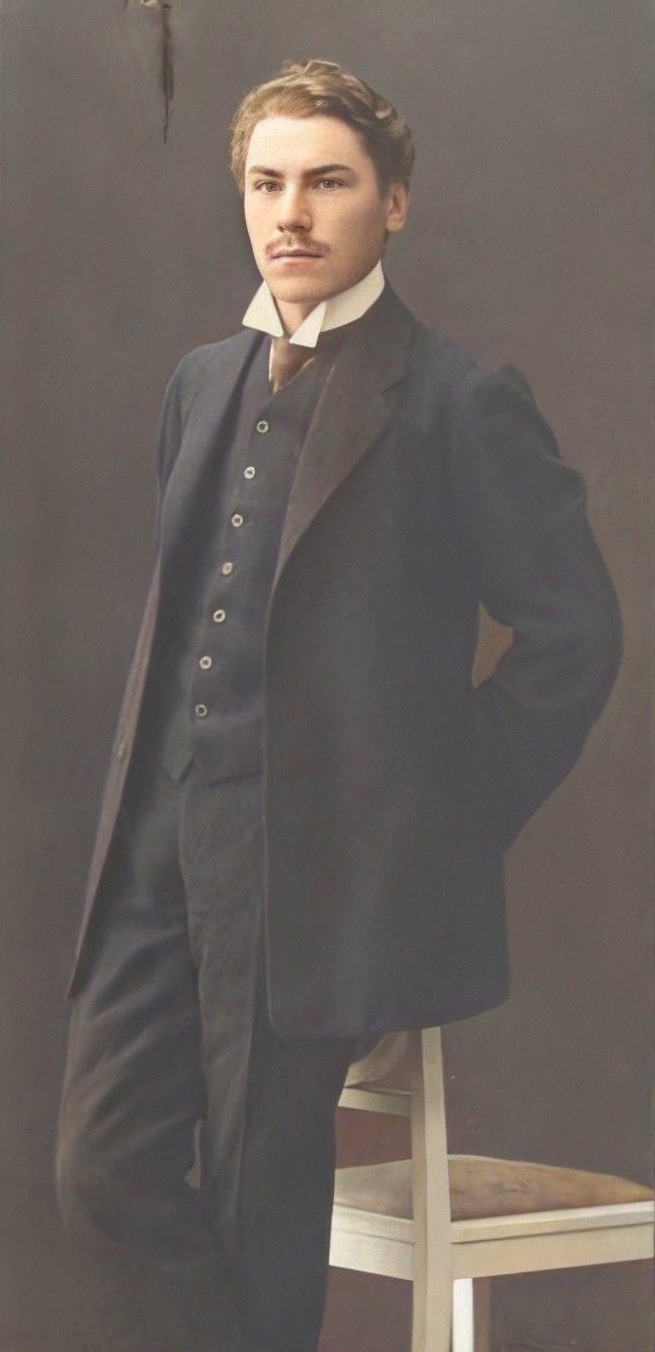
The melody and the lyrics of the song have been published in Volume V (1965, no. 171) of Herbert Tampere's most comprehensive publication of Estonian older strata of traditional songs (1965, no. 171). There the song is placed in the section "Nature songs", entitled "Puud pole ühepikkused" (Trees are not the same length). It is probably a melody to accompany walking along the road. According to Tampere, there are relatively few of such lyrical songs among Estonian traditional songs that paint such a picture of nature. According to folklore researcher Mari Sarv, similar songs exist, alluding to the following meaning - "girls, do not despise each other, since not even trees are all the same". In our version, the long note at the end of the bar has been replaced by a shorter one.
This song has previously been arranged by Veljo Tormis in his cycle "13 Lyrical Estonian Folk Songs" (for mixed choir, 1972), which has been repeatedly recorded and performed at the Estonian song festival.
Unfortunately, we have been unable to find more information about the singer Miina Varik. At that time, no attention was paid to the description of the singers. She should have been born between May 1826 and June 1827, but no such person is to be found in the church registers in the Kärstna region. It cannot be ruled out that the age of the singer was not correctly indicated in the lyrics.
Our arrangement is a blend of the two songs. The general structure of the arrangement came together relatively quickly in April 2019. However, the choice of the final form and especially the instruments took quite a long time since the organic combination of two such different songs turned out to be a hard nut to crack. Many different instrumentals sounds were experimented with, and the final version of the song bears the number 26.

Performed by:
Helen Saarniit (vocals)
Sulev Reisberg (vocals, instrumentals)
Arrangement/mix:
Sulev Reisberg
Advice:
Ülle Sirkas
Mastering:
Allan Kasuk
Released in:
2022
Research by:
Sulev Reisberg
Translation by:
Helen Saarniit